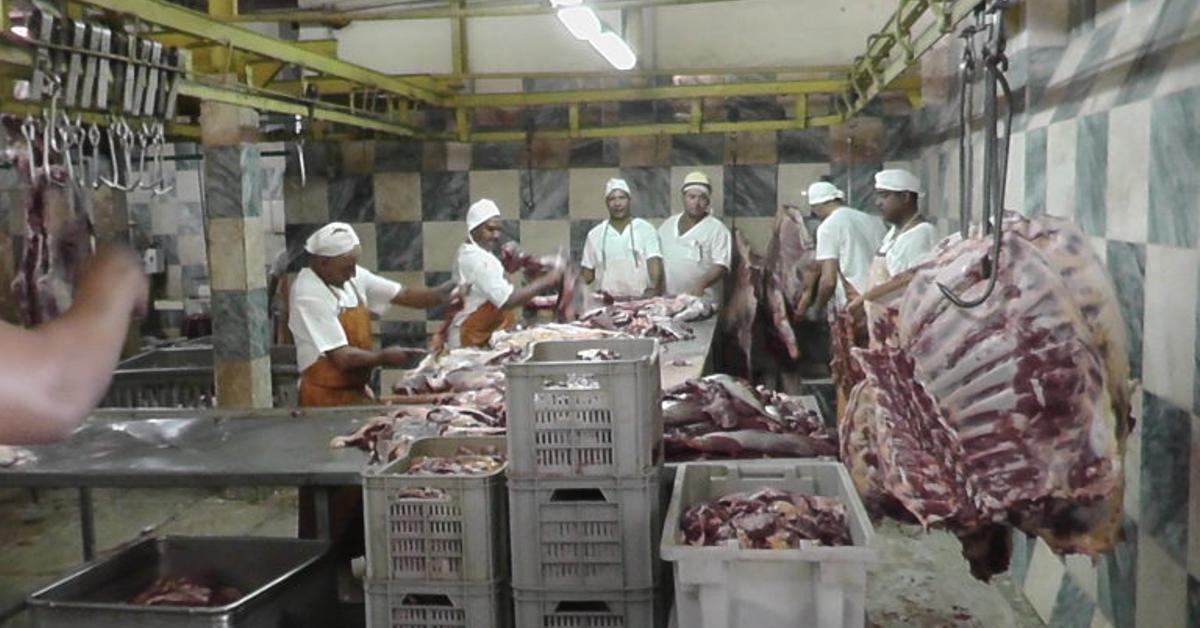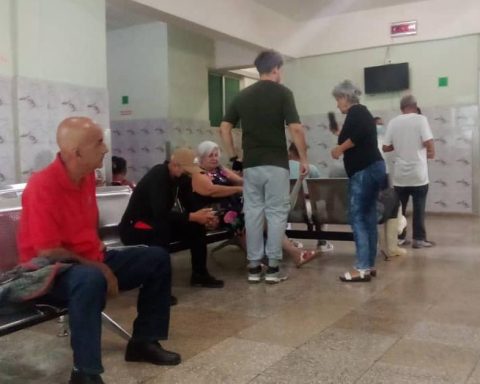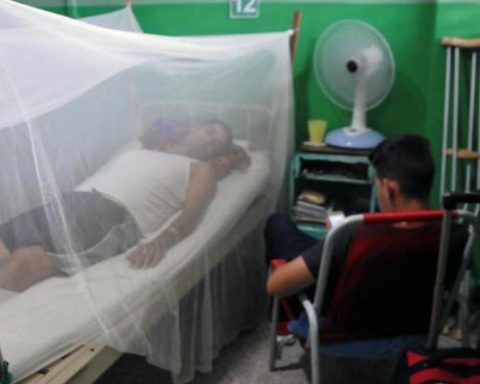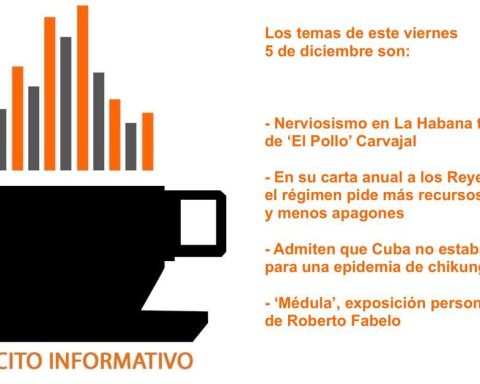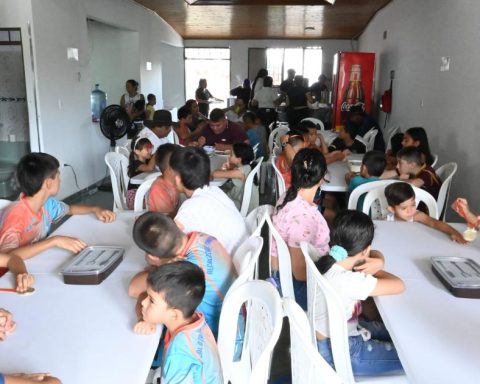Holguin/Employees of Holguín state companies are going through uncertain times. The successive staff reductions seem to have no end and another cut is expected for this month of February. The most affected entities are those linked to food production and processing, hit by low agricultural and livestock production, as confirmed to 14ymedio sector sources.
“Every time I get to work I think it’s going to be the last day I’m going to go.” More than 20 years working at the Felipe Fuentes Fernández Meat Combine, belonging to the Holguín Meat Company, have made Gerardo, 45 years old, one of the most veteran employees of the state entity. However, his permanence in his position hangs by a thread. “Last year there was a staff reduction and they already announced another one for February. Right now we have about 200 workers and that number could remain at half.”
The reason for the staff cut is “the low intake of animals to process,” warns Gerardo. “We spent almost all of last year with our arms crossed because we didn’t get any cattle. During that time they put us to plow green areas and do work to beautify the surroundings, but the meat, what meat is, we hardly even touched. “.
In 2023 alone, more than 7,400 heads of cattle were lost in the province due to theft and illegal slaughter
The company basically receives cattle that Holguín farmers must deliver as part of their commitments to the state monopoly Acopio. Although the amount is agreed upon at the beginning of each year, it is increasingly common that producers do not comply with what was agreed and justify their cuts based on the drought, the lack of animal feed and the scourge of theft and illegal slaughter of their mass. livestock
Only in 2023, they were lost in the province more than 7,400 head of cattle for theft and illegal sacrifice, according to data provided by the local newspaper Now!. In total, taking into account other factors such as soil conditions, diseases and nutrition, of the 307,053 head that the province had in January of that year, 38,319 were discharged in just eleven months.
Of those cattle “discounted” from the provincial inventory, 19% corresponded to crimes of theft and illegal slaughter, while 52% were classified as deaths due to different factors. This resulted in the loss of almost three million tons of meat and more than 4.5 million liters of milk that could have been used for the population’s consumption.
“Our company supplies tourism, maternity homes and hospitals,” Gerardo continues. “When the animals arrive they are separated into ‘prime cattle’ for the hotels and those that go for social orders, but now we have a lack of livestock.” for both destinations, so most of the hotels in this province are being supplied with imported products that give more stability in supply and higher quality, while we cannot meet social commitments either.”
“In that time without animals, we painted, we did maintenance, we looked like a construction brigade”
“In that time without animals, we painted, we did maintenance, we looked like a construction brigade instead of workers in a place where boliches, mince, ribs, steaks and even bones must come from.” By the end of last year “a few animals came in, all quite skinny, because the peasants say they have almost no food to give them. On the days we received the most there were 15 or 20 cows, when a few years ago there were more than 100 each day” .
The unrest due to the scissoring in employment is aggravated in the Combined because “they are not reducing equally among administrative staff and managers, here they are removing workers from the corrals, refrigerators, slaughterhouse and packaging areas but in the offices there has not been any “It hasn’t touched anyone. The bureaucrats are going to continue in their chairs and those of us who are in the productive part are the main ones affected.”
Another of the state companies that is leaking everywhere and is preparing to cut personnel is the main poultry slaughterhouse in the province, located in San Rafael Adentro, at kilometer 5 and a half of the highway to Mayarí. “This company never had 15,” says Yaquelín, one of the employees who expects to be left off the workforce in a few days, when the new layoffs are announced.
“We belong to the Ministry of Agriculture and we are among the companies in which workers have lower salaries,” the employee explains to this newspaper. “Here most salaries do not exceed 2,500 pesos per month, not even a carton of eggs can be bought with that money.” “They are going to reduce places and the equipment, such as the managers’ cars, are going to be transferred to the main headquarters of the Poultry Company of the province.”
“They told us that 50% of the workers will remain, now there are about 60 of us, so maybe about 30 will remain.” So far, the workers have received the proposal to be relocated as security personnel in other companies linked to the poultry sector. “I have already done several night guards, as preparation, in an egg warehouse belonging to Acopio, but I am not going to stay in that position because it is dangerous and you can’t even see your hands there at night.”
In the middle of last year, the slaughterhouse jumped on the news because at least 54,000 laying hens had to be sacrificed in its facilities due to the impossibility of maintaining them due to the lack of animal feed. “Before, you would pass near these warehouses and the sound of the animals would barely let you hear what another worker was saying,” Yaquelín recalls. Now, the silence spreads and with that calm fear also spreads among the workers. “This is going to end up dismantled if it continues like this.”
